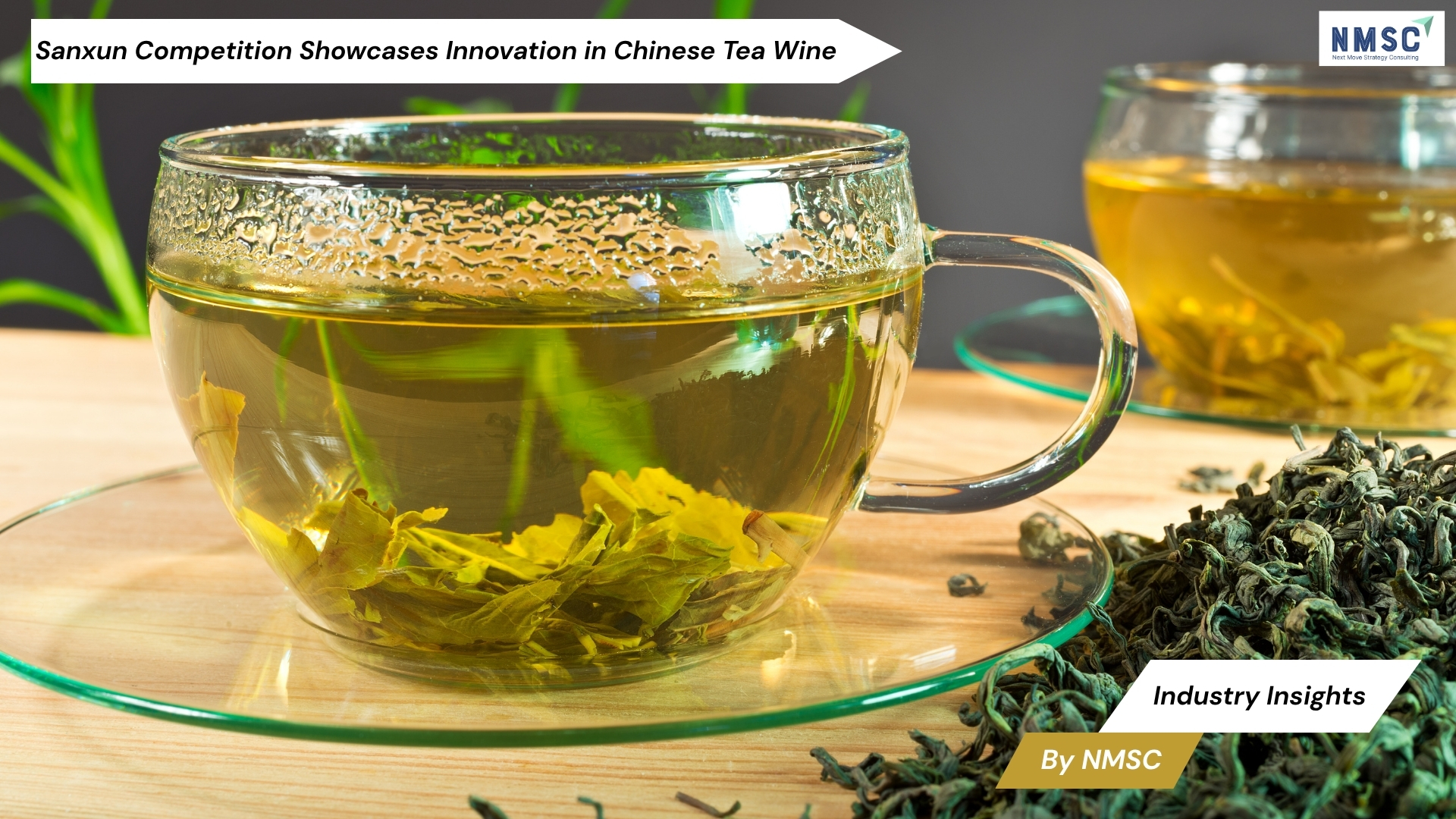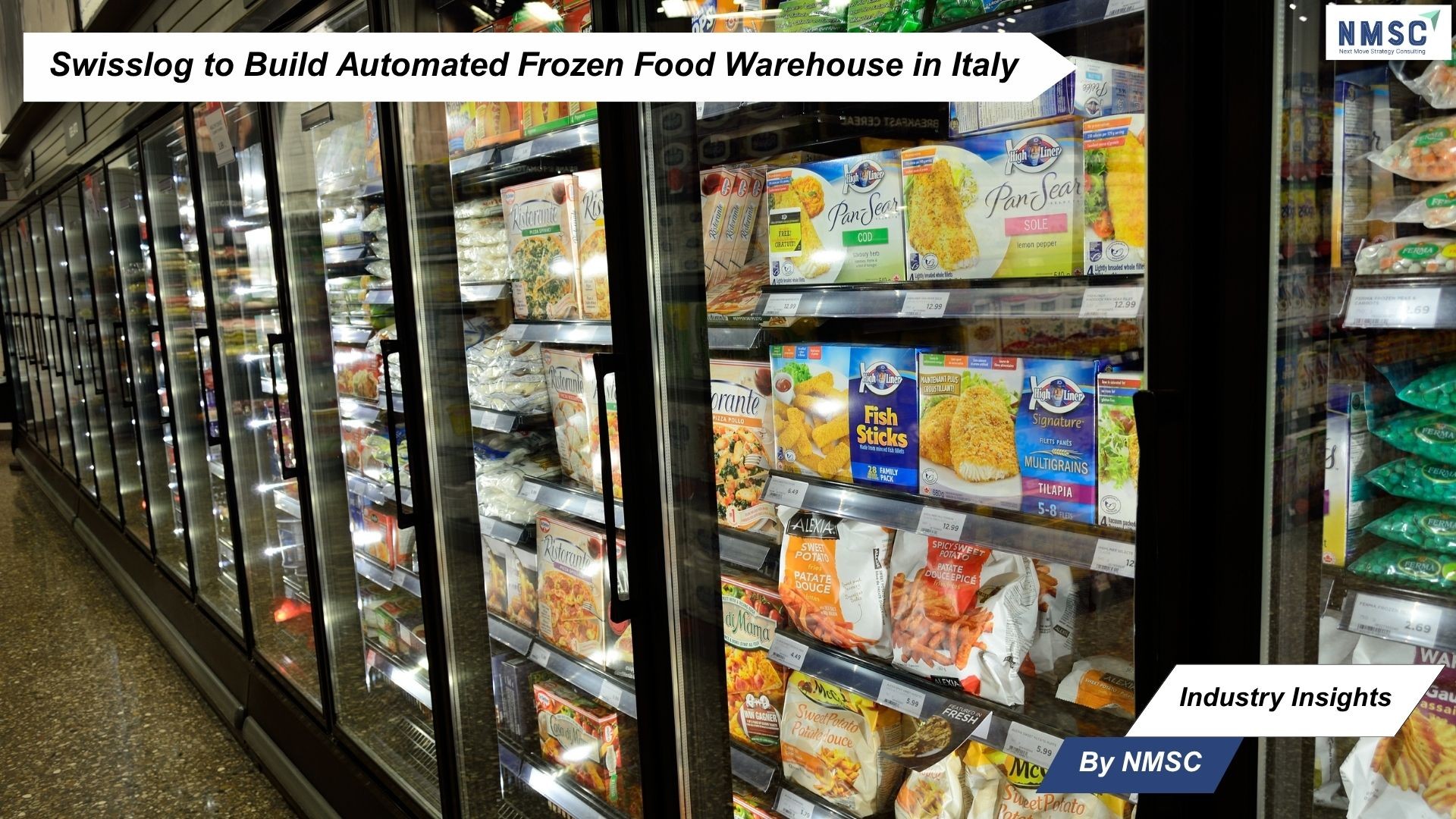Global Food Preservatives Market is expected to Reach USD 4.10 billion by 2030
Published: 2025-01-24
The rise in urbanization, the fast-paced nature of modern lifestyles, and the growing preference for convenience foods are driving the growth of the food preservatives industry.
According to a new research report by Next Move Strategy Consulting, the global food preservatives market was valued at USD 3.10 billion in 2023, and is expected to reach USD 4.10 billion by 2030, with a CAGR of 4.1% during the forecast period, 2024–2030. The food preservatives market is experiencing substantial growth, primarily fueled by the increased demand for processed and packaged foods. This trend is closely linked with the global rise in urbanization, the fast-paced nature of modern lifestyles, and the growing preference for convenience foods.
As more people move to urban areas, their dependence on processed foods increases, mainly because these foods are convenient and have a longer shelf life. In 2012, about 52.5% of the global population lived in urban areas, and this number rose to 56.9% by 2022. This urban migration significantly contributes to the heightened demand for food preservatives.
In developed regions, where 79.7% of the population lived in urban areas by 2022, the impact is even more pronounced. Here, people often have busier schedules and higher disposable incomes, leading to an increased consumption of processed foods. As a result, there is a growing need for food preservatives to ensure these products remain safe and retain their quality over extended periods.
Furthermore, the role of regulations and safety standards in the food preservatives market cannot be understated. Stringent regulations ensure that food preservatives are used in a manner that is both safe and effective, which in turn helps to build consumer confidence in processed foods.
A prime example is the use of sorbate as a food preservative, which is considered effective and safe under proper manufacturing practices. Regulatory bodies such as the FDA, FAO, and EFSA have classified substances like potassium sorbate as "generally regarded as safe" (GRAS). In an era where consumers are increasingly attentive to the ingredients in their food, the endorsement by these regulatory agencies is crucial for maintaining and expanding the market for food preservatives.
The globalization of food supply chains and the expansion of international food trade also significantly contribute to the demand for food preservatives. As the global trade of food products increases, there is a pressing need for effective preservatives that can maintain the quality and safety of food during transportation and storage. The case of India exemplifies this trend; in the fiscal year 2022-23, India's exports of processed foods amounted to a substantial USD 7,408.64 million. These figures highlight the critical role of food preservatives in supporting the international movement of food products.
This global trade dynamic not only bolsters the demand for traditional preservatives but also encourages innovation in the development of newer, more efficient, and safer preservation techniques. Consequently, the food preservative industry is witnessing both growth and diversification, driven by the imperative to cater to the requirements of an increasingly globalized food market.
However, the rising cost of natural preservatives is a significant obstacle to the growth of the food preservatives market. Recently, more consumers have been choosing natural and organic foods, including preservatives. Furthermore, producing, extracting, and obtaining natural preservatives usually costs more than making synthetic ones. These higher costs come from the need for special farming methods for natural ingredients, more complicated extraction methods, and typically getting less product out of these processes compared to synthetic ones.
This issue can restrict how widely these natural preservatives are used, slowing down the overall growth of the food preservatives market, especially in places where keeping low costs is crucial. On the other hand, the introduction of innovative preservative technologies is playing a pivotal role in creating significant growth opportunities in the food preservatives market. There is substantial research and development in the food preservation sector, leading to the discovery of new, more effective, and safer preservatives. These advancements are vital in addressing the health and safety concerns related to traditional preservatives, paving the way for advanced food preservation methods.
As these natural alternatives align with increasing consumer demand for clean label and natural products, they are expected to become more popular. The development of p-Coumaric Acid (PCA), a natural preservative produced through fermentation, marks a major breakthrough in this area.
Moreover, the introduction of innovative plant-based antibacterial solutions, PlantGuard AM highlights the industry’s dedication to both innovation and safety. The continuous advancements in preservative technologies, particularly those focusing on natural and plant-based solutions, are creating new opportunities in the food preservatives market.
Request for a Sample PDF on the Global Food Preservatives Market
According to the report, leading players operating in the food preservatives market include Cargill, Inc., Kemin Industries, Inc., ADM, Koninklijke DSM N.V., Tate & Lyle, IFF Nutrition & Biosciences, Kerry Group Plc, DuPont, BASF SE, and Celanese Corporation, among others.
Key Insights from the Food preservatives Market Report:
-
The information related to key drivers, restraints, and opportunities and their impact on the food preservatives market is provided in the report.
-
The value chain analysis in the market study provides a clear picture of the role of each stakeholder.
-
The market share of the players in the global food preservatives market along with their competitive analysis are provided in the report.
















Add Comment